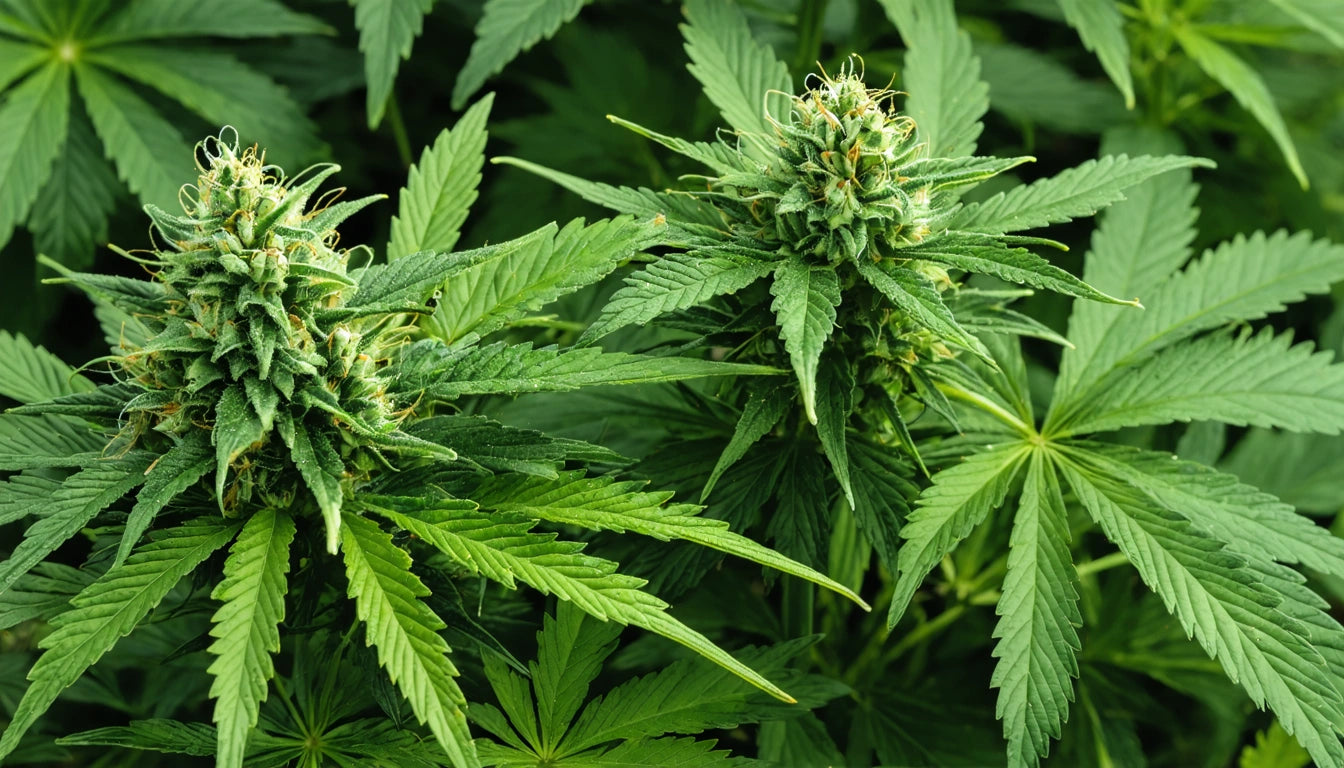Effective Strategies for Preventing and Treating Powdery Mildew on Cannabis Plants
Powdery mildew represents one of the most common and frustrating challenges for cannabis cultivators. This fungal pathogen appears as a white, powder-like substance on leaves and buds, potentially devastating entire crops if left unchecked. Understanding how to prevent powdery mildew on plants is essential for maintaining healthy cannabis and preserving your harvest quality.
Understanding Powdery Mildew: Identification and Causes
Powdery mildew on cannabis typically begins as small, circular white spots that eventually spread to cover entire leaf surfaces. This fungal infection thrives in specific conditions:
- Humidity levels between 55-70%
- Poor air circulation
- Temperature fluctuations
- Overcrowded growing spaces
Early detection is crucial, as powdery mildew can quickly spread from plant to plant through airborne spores. Regularly inspect the undersides of leaves and stems, particularly in dense foliage areas where air circulation may be limited.
Prevention Strategies for Powdery Mildew
Prevention remains the most effective approach for managing powdery mildew. Implementing proactive measures can significantly reduce the risk of infection and protect your cannabis plants throughout their growth cycle.
Environmental Controls
Controlling your growing environment offers the first line of defense against powdery mildew:
- Maintain humidity below 50% during vegetative growth and below 40% during flowering
- Ensure proper ventilation with oscillating fans to prevent stagnant air
- Install HEPA filters to reduce airborne spores
- Maintain consistent temperatures, avoiding dramatic fluctuations
Many commercial growers implement automated climate control systems to maintain optimal conditions. For home growers, regular monitoring with hygrometers and strategic fan placement can achieve similar results.
Cultivation Practices
Your growing techniques directly impact powdery mildew susceptibility:
- Proper plant spacing to improve airflow
- Strategic defoliation to reduce humidity pockets
- Watering at the base of plants to keep foliage dry
- Using silicon supplements to strengthen plant cell walls
According to experienced cultivators, preventative foliar sprays with diluted solutions of potassium bicarbonate or neem oil can create unfavorable conditions for powdery mildew establishment. These applications should be limited to the vegetative stage when possible.
Treatment Options for Infected Plants
Despite best prevention efforts, infections can still occur. Learning how to get rid of powdery mildew on cannabis plants quickly becomes essential to save your crop.
Treating Powdery Mildew During Flowering
The flowering stage presents unique challenges for treatment, as many fungicides can affect flavor, potency, or pose health risks. When considering if you can treat powdery mildew during flowering, these options balance effectiveness with safety:
- Diluted hydrogen peroxide (3%) spray for spot treatment
- Milk solution (40% milk, 60% water) applied to affected areas
- Commercial organic fungicides specifically rated as safe for flowering plants
When harvesting plants that have been treated for powdery mildew, proper drying and curing become even more critical. Proper drying and curing techniques can help minimize any remaining fungal presence and preserve quality.
Organic Solutions
For growers preferring natural approaches to how to get rid of powdery mildew on weed plants, several organic options have shown effectiveness:
- Baking soda solution (1 tablespoon per gallon of water with a few drops of liquid soap)
- Apple cider vinegar spray (2 tablespoons per gallon of water)
- Garlic extract
- Compost tea applications
These treatments work best when applied at the first sign of infection and repeated on a regular schedule until the problem resolves. For severe infections, combining approaches may be necessary.
Protecting Clones from Powdery Mildew
Clones are particularly vulnerable to powdery mildew due to their high humidity requirements and undeveloped immune systems. To address how to get rid of powdery mildew on clones:
- Quarantine new clones for at least 7 days before introducing them to your main growing area
- Inspect source plants carefully before taking cuttings
- Maintain slightly lower humidity for clones if possible (70-75% rather than 80-90%)
- Apply preventative treatments during the quarantine period
Many successful growers maintain a separate space for clone development to prevent cross-contamination with flowering plants. Using specialized protective packaging materials when transporting or storing plant material can also help minimize exposure to environmental contaminants.
Post-Harvest Considerations and Long-Term Management
After successfully treating an infection, long-term management becomes crucial to prevent recurrence. Eliminating mold from harvested cannabis requires thorough cleaning and disinfection of your growing environment:
- Disinfect all growing surfaces with 10% bleach solution or hydrogen peroxide
- Replace air filters
- Wash all tools and equipment
- Consider using UV-C light treatment in empty grow rooms
Implementing a regular preventative spray schedule during vegetative growth can significantly reduce future outbreaks. Additionally, selecting mildew-resistant strains for future grows can provide natural protection against this persistent challenge.
By combining environmental controls, preventative treatments, and quick intervention when needed, cannabis growers can effectively manage powdery mildew and maintain healthy, productive plants throughout their lifecycle. Remember that consistent monitoring and maintenance of optimal growing conditions remain your best defense against this common cannabis cultivation challenge.











Leave a comment
All comments are moderated before being published.
This site is protected by hCaptcha and the hCaptcha Privacy Policy and Terms of Service apply.